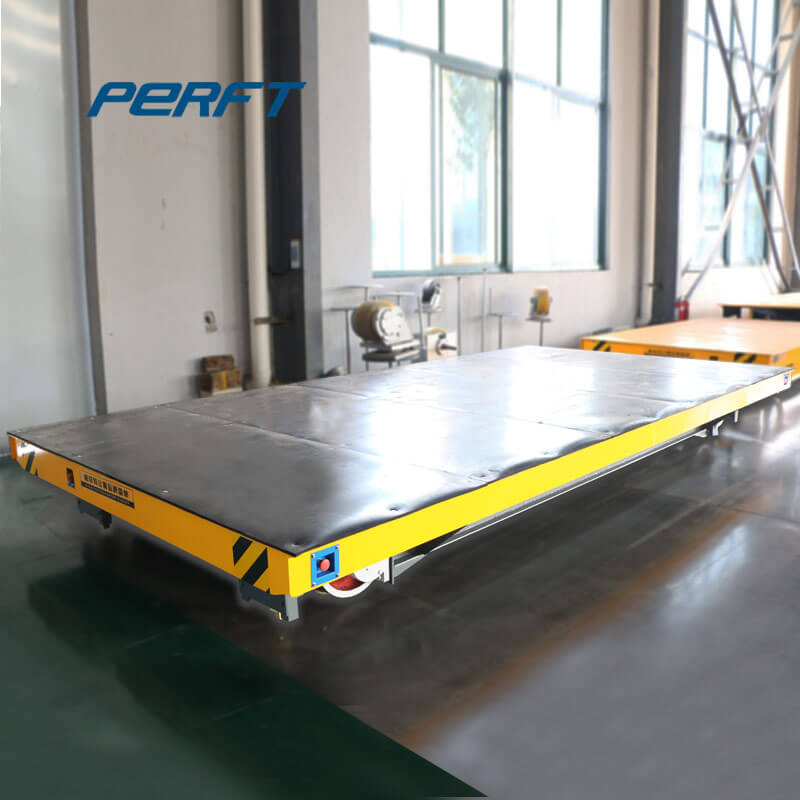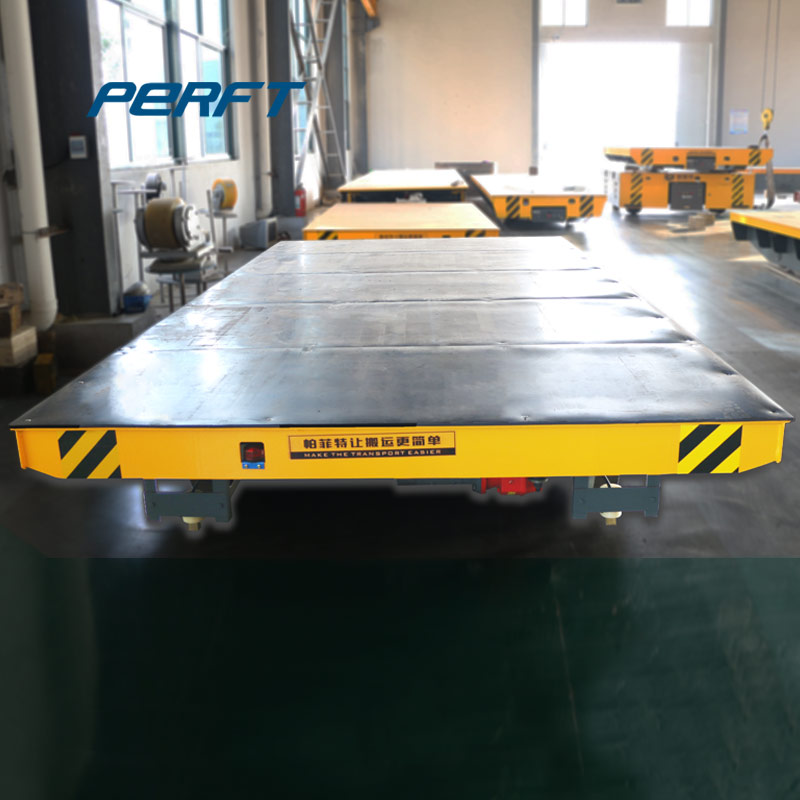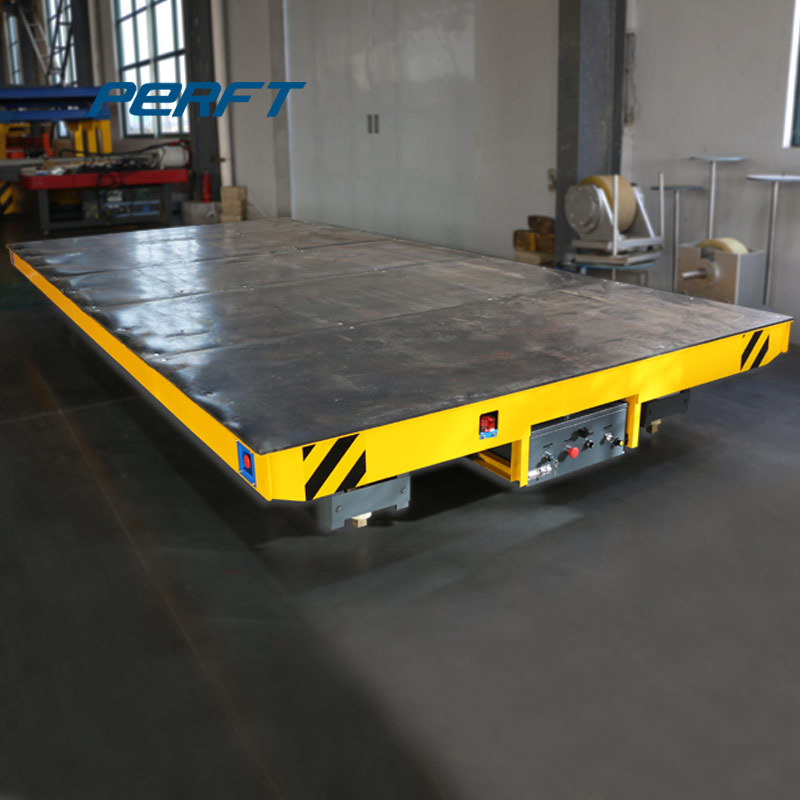


.jpg)
.jpg)
.jpg)
.jpg)
.jpg)
.jpg)
.jpg)
.jpg)
.jpg)
.jpg)
.jpg)
.jpg)
.jpg)
.jpg)
.jpg)
.jpg)
.jpg)
.jpg)
.jpg)
.jpg)
.jpg)
.jpg)
.jpg)
.jpg)
.jpg)
.jpg)
.jpg)
.jpg)
.jpg)
.jpg)
.jpg)
.jpg)
.jpg)
.jpg)
.jpg)
.jpg)
.jpg)
.jpg)
.jpg)
.jpg)
.jpg)
.jpg)
.jpg)
.jpg)
.jpg)
.jpg)
.jpg)
.jpg)
.jpg)
.jpg)
.jpg)
.jpg)
.jpg)
.jpg)
.jpg)
.jpg)
.jpg)
.jpg)
.jpg)
.jpg)
.jpg)
.jpg)
.jpg)
.jpg)
.jpg)
.jpg)
.jpg)
.jpg)
.jpg)
.jpg)
.jpg)
.jpg)
.jpg)
.jpg)
.jpg)
.jpg)
.jpg)
.jpg)
.jpg)
.jpg)
.jpg)
.jpg)
.jpg)
.jpg)
.jpg)
.jpg)
.jpg)
.jpg)
.jpg)
.jpg)
.jpg)
.jpg)
.jpg)
.jpg)
.jpg)
.jpg)
.jpg)
.jpg)
.jpg)
.jpg)
Rail Car Rail Car run = 100 rise = 5 Example: 2 loaded rail cars weighing 120 gross tons each are pulled 800 ft on a track with a curvature of 5° and a slope of 2%. The track is in good clean condition, wheels are well lubricated, and the ambient temperature is frequently below 32° fahrenheit.
Rail transfer cart is a flexible and functional device. With easy use, compact structure, high working efficiency,Perfect loading capacity, it is widely used for transporting material in many places, such as factory, industrial site, warehouse, railway building site. Space-saving, ergonomic transfer carts can help you reduce the use of forklifts
Car Hauler Trailer Parts. Car Hauler Trailer Parts Gear Heads & Locks (7) Position Safety Locks (2) Pumps & Motors (10) Cylinders & Control Valve Hardware (3) Batwing & Flipper Hardware (2) Trailer Repair & Repair Parts (31) Car Carrier Parts. Car Carrier Parts Wheel Lift L-Arms, Outer Crosstubes & Hardware (187)
MT-32™ Tandem Rear Drive Axles. The MT-32™ tandem rear drive axle was created to meet the needs of construction and heavy-duty applications. These axles were designed to deliver high power density, durability and reliability to help you improve productivity and efficiency.
WINSOON 5-16FT Single Wood Sliding Barn Door Hardware Basic Black Big Spoke Wheel Roller Kit Garage Closet Carbon Steel Flat Track System (7.5FT) 4.7 out of 5 stars 2,595 $79.00 $ 79 . 00
9) The power delivered by a car at 3000 rpm is 36.2 hp. The needed pushing force in the tires of this car is 1350N on a horizontal road, 1800N on a road with a mild slope, and 2700N on a road with a steeper slope. Calculate, the speed at which this car travels along each of these roads, respectively, if its power is kept constant.
All-Wheel Drive Integral Transfer Case Normal Operation 30% Torque Front Wheels, 70% Torque Rear Wheels; Off-Road, Equal Front and Rear Oil MIL-L-2104D, MIL-L-46167, 31.8 qt (30 L) Axles: ArvinMeritor Front and Rear Axles Carrier Single Reduction, Amboid-Gearing Wheel End Bevel Wheel End Reduction, Ratio 2:1 Overall Axle Gear Ratio 7.8:1
While the M&H invented the boxcar the pioneering Baltimore & Ohio is given the nod for developing the first practical boxcar design which was 30 feet long, 7 feet wide, featured side-doors, and capable of handling 10 tons of freight. Atlantic & Western 70-tonner #100 switches a single 40-foot boxcar in Sanford, North Carolina during October, 1974.
Tank car specifically designed for the transportation of VCM/LPG gasses. LPG 33,600 Gallon Capacity 263,000 lbs. Gross Rail Load DOT 105J300W GENERAL ARRANGEMENT MANWAY & F ITTINGS
By the late 19th century the car could handle upwards of 40 tons thanksPerfectly by the switch from wood to iron/steel in car construction. For instance, during the United States Railroad Association’s reign during World War I, as with the 40-foot boxcar, the hopper became standardized with the 55-ton version.
As the advantages of agricultural dual wheels became more evident, farmers sought a more permanent mounting soultion for year-round use. Unverferth direct-axle duals and triple wheel packages fill this need using a bolt-on spacer or hub and factory-style wheels for maximum versatility.
If the vehicle can support the load, so can the railgear. G & B Specialties R-1100 Railgear has two hydraulic cylinders on both the front and rear units, providing power to spare under full vehicle capacity. On rail, the vehicle’s front wheels are raised approximately 2” above the rail head. Structural members are of carbon steel.
HOLLAND stationary fifth wheel mounts are designed for applications where the axle loading, kingpin setting and vehicle combination length all remain constant throughout the fleet. Stationary fifth wheel mounts are generally lighter weight and lower cost than sliding mounts, however, they do no offer the application flexibility of a sliding mount.
Setting the standard for rugged dependability and reliability, Irwin Car solves problems to keep your operations on track in the harshest industrial environments. Irwin's standard and custom industrial wheels and wheel assemblies can handle loads of up to 120 tons per wheel or more, and withstand operating temperatures up to 1200⁰F.
Heavy capacity flatcars are cars designed to carry more than 100 short tons (90.72 t; 89.29 long tons).They often have more than the typical North American standard of four axles (one two-axle truck at each end), and may have a depressed center to handle excess-height loads as well as two trucks of three axles each (one at each end) or four trucks (two at each end) of two axles each, connected